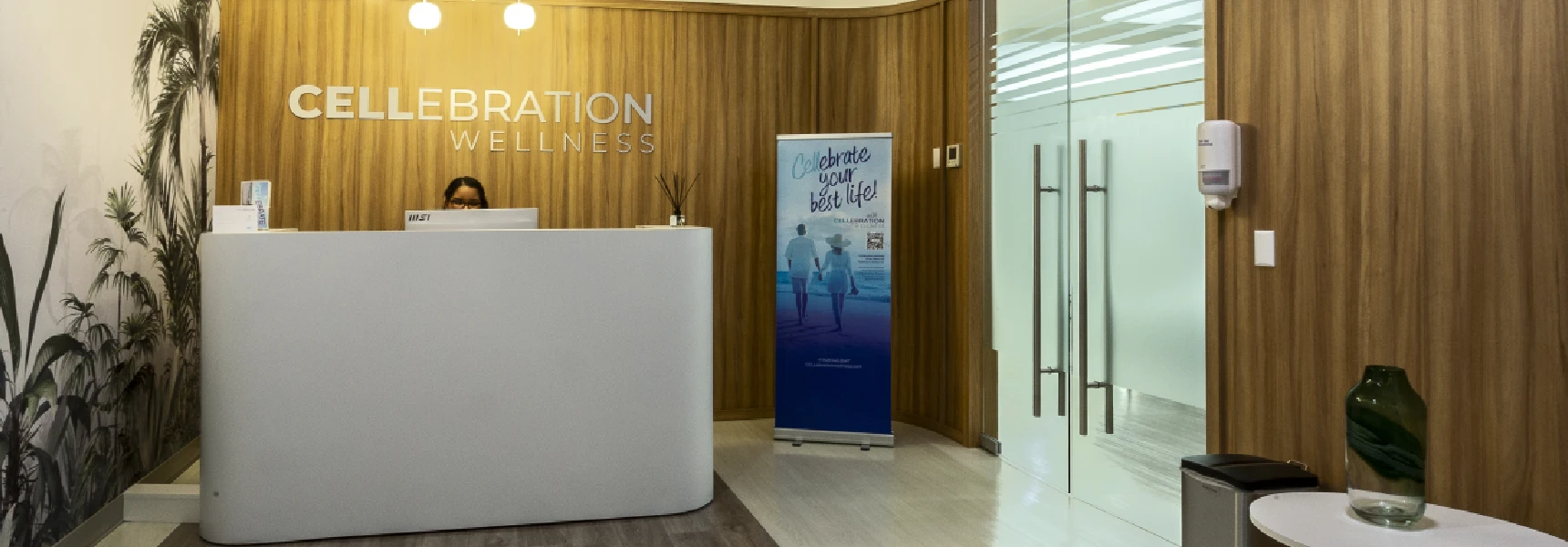Design
The Role of Architecture in Climate Action
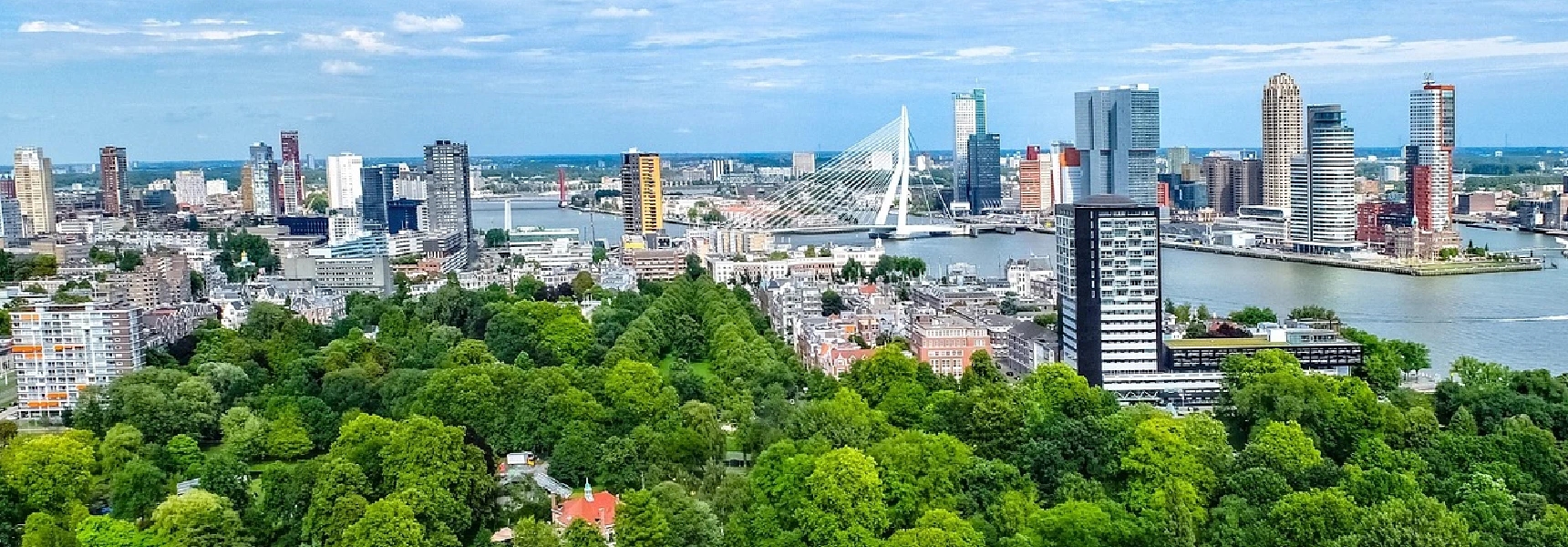
Climate change is one of the most pressing challenges of our time, and the built environment plays a significant role in both contributing to and mitigating environmental impacts. The construction and operation of buildings account for nearly 40% of global carbon emissions, making sustainable design an essential strategy for reducing the industry’s footprint.
Architects, designers, and urban planners have the power to drive climate action by integrating sustainable materials, energy-efficient systems, and climate-resilient infrastructure into their projects. By embracing innovative design strategies, we can create spaces that not only reduce environmental impact but also enhance resilience and adaptability in a changing world.
Key Strategies for Climate-Responsive Design
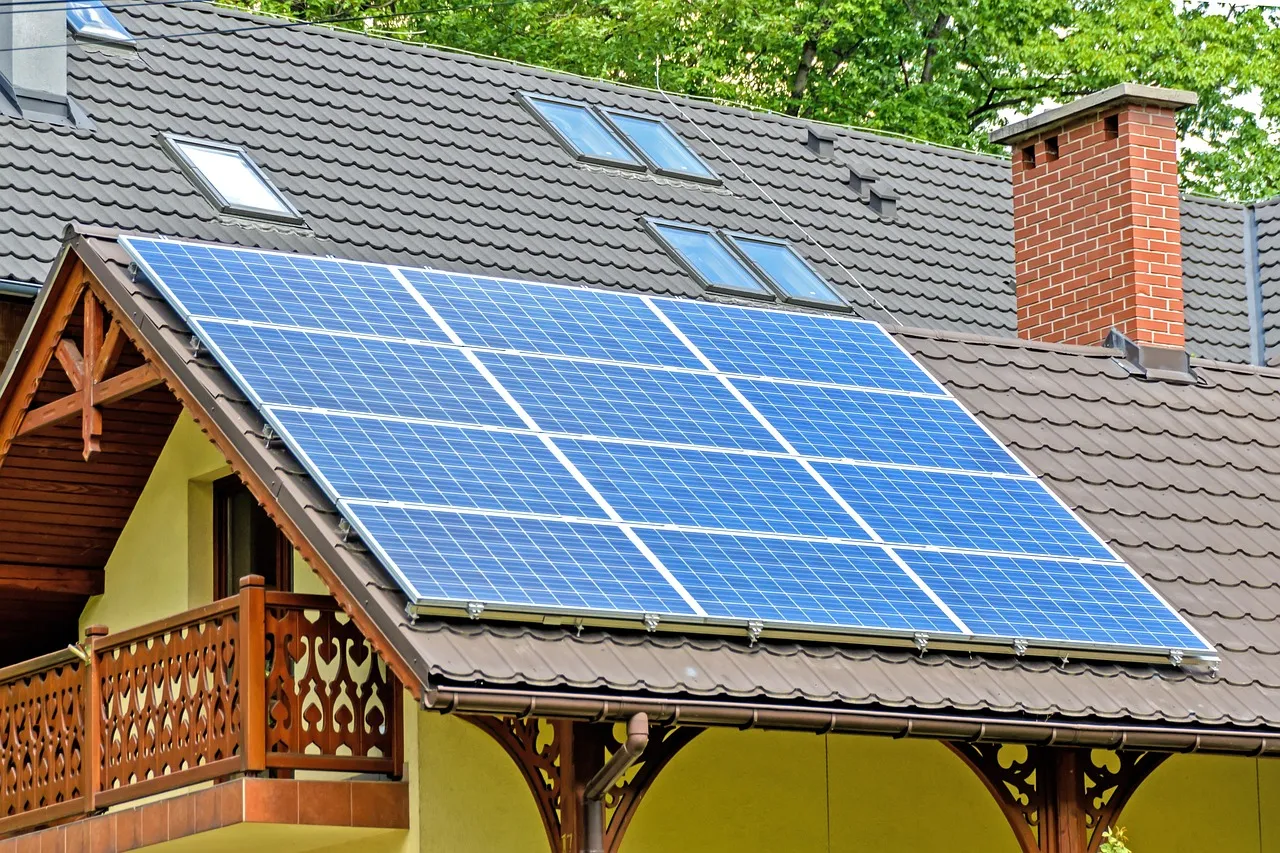
1. Net-Zero and Carbon-Neutral Buildings
One of the most effective ways to address climate change is to design net-zero energy and carbon-neutral buildings, which produce as much energy as they consume. Key strategies include:
- Passive design techniques that optimize natural light, ventilation, and insulation to reduce energy demand.
- On-site renewable energy sources, such as solar panels, wind turbines, and geothermal heating.
- Smart energy management systems that monitor and optimize energy usage in real time.
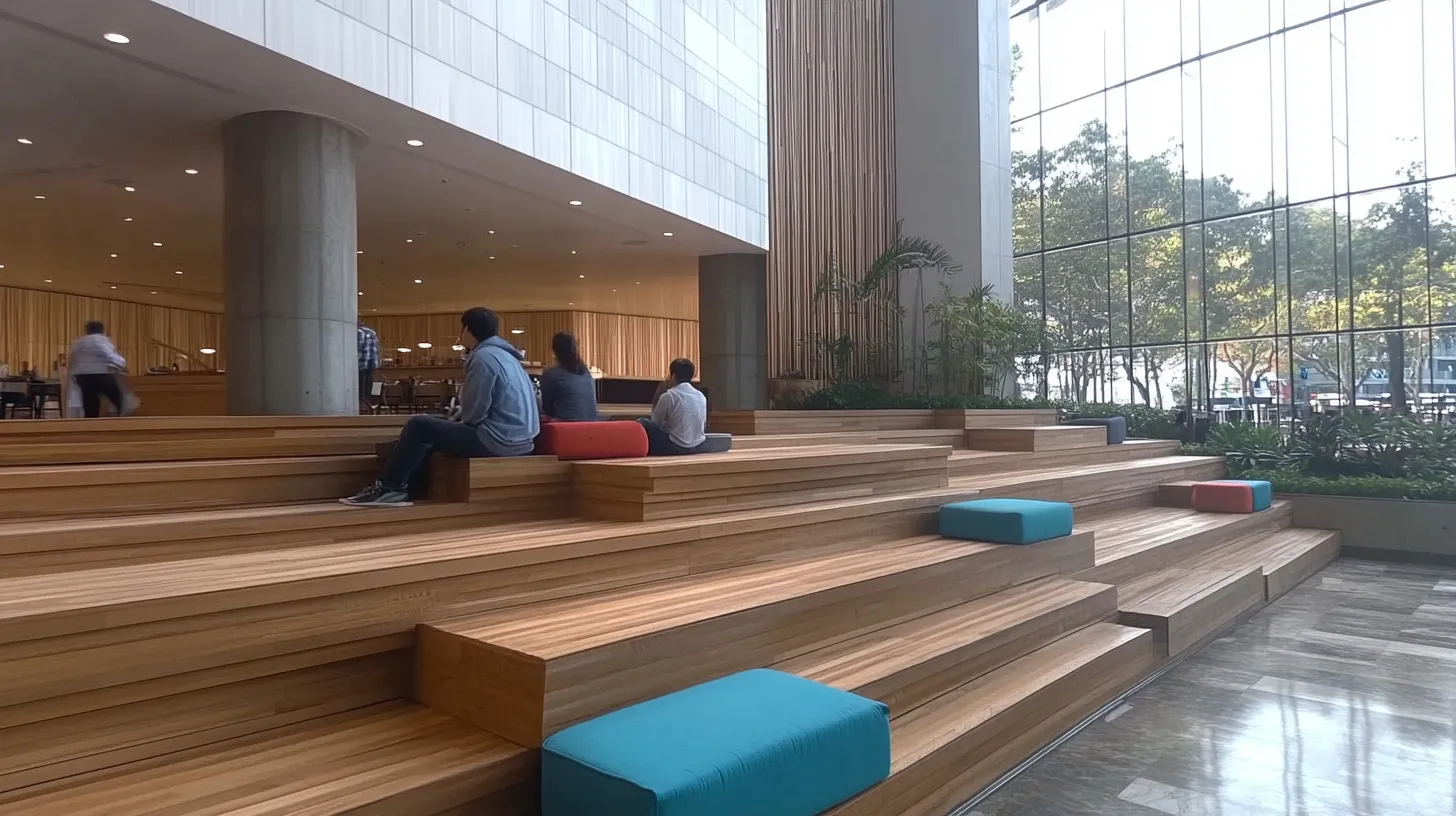
2. Sustainable Materials & Circular Economy Practices
The materials used in construction can significantly impact a building’s carbon footprint. Architects and developers can prioritize low-carbon, recycled, and locally sourced materials to reduce emissions. Key materials include:
- Mass timber as a renewable alternative to concrete and steel.
- Recycled and upcycled materials, such as reclaimed wood and repurposed steel.
- Biodegradable and non-toxic materials that reduce indoor air pollution and promote occupant health.
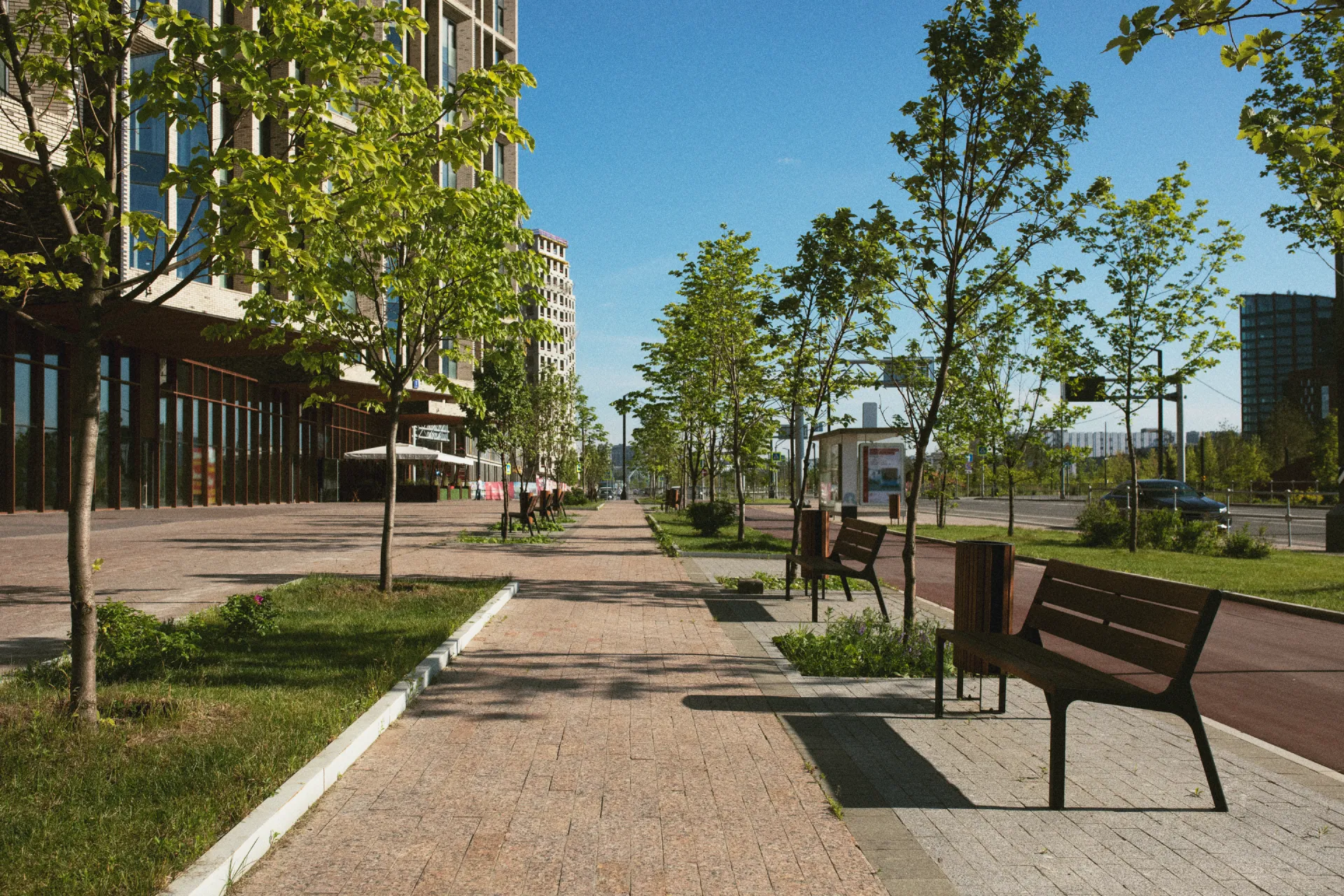
3. Climate-Resilient Urban Planning
With rising temperatures, extreme weather events, and sea level rise, urban areas must be designed for climate resilience. Key strategies include:
- Green infrastructure, such as permeable pavements, bioswales, and green roofs to manage stormwater and reduce urban heat islands.
- Coastal and flood-resistant structures that use elevated foundations and stormwater diversion systems.
- Mixed-use developments that promote walkability, reduce reliance on cars, and enhance community resilience.
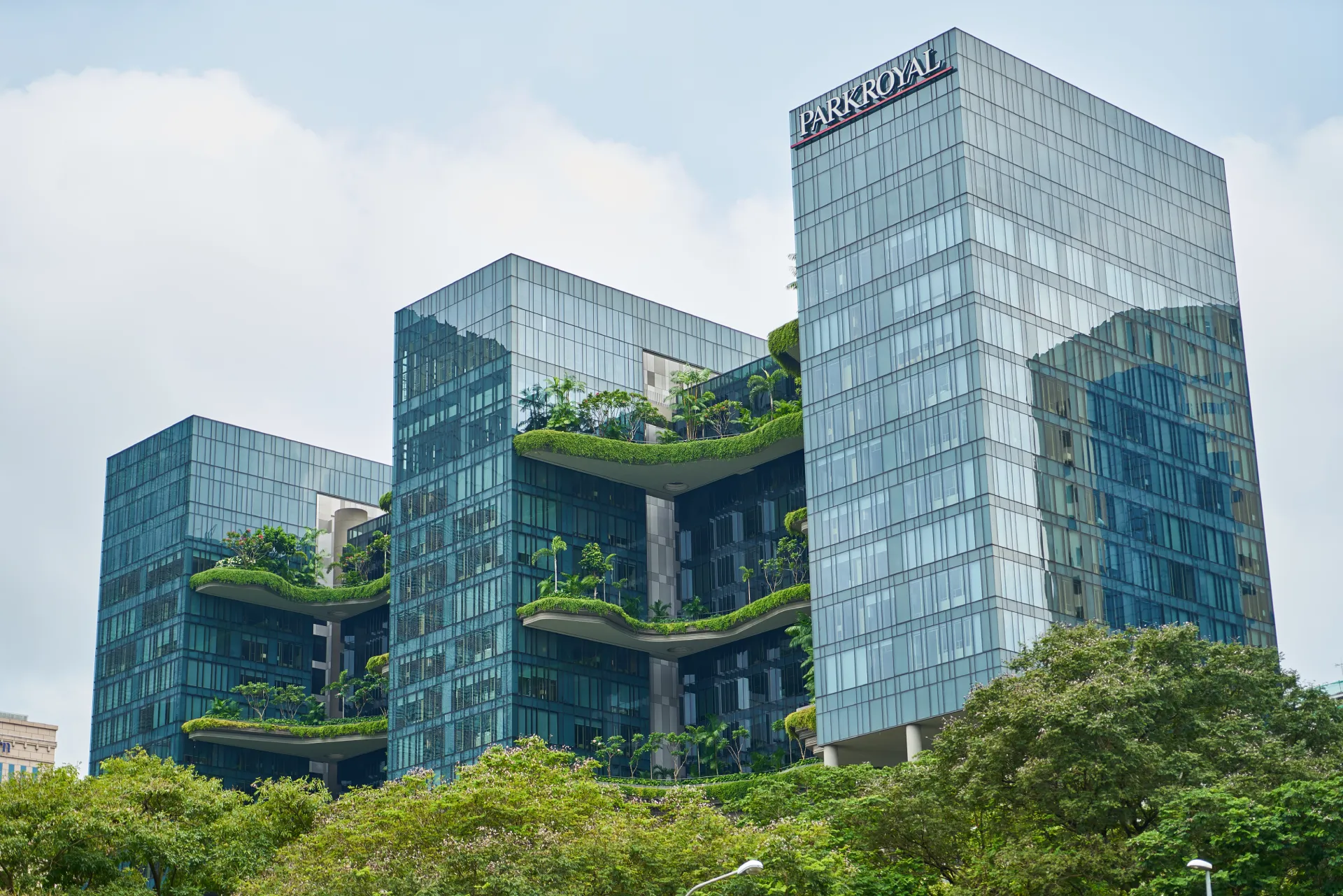
4. Biophilic Design for Healthier Cities
Biophilic design—integrating nature into the built environment—not only supports climate action but also improves mental well-being, air quality, and biodiversity. Key biophilic elements include:
- Living walls and rooftop gardens to absorb CO2 and improve air quality.
- Daylighting strategies that reduce the need for artificial lighting and lower energy consumption.
- Urban tree canopies and public green spaces that combat heat islands and provide shade.
5. Smart Technology & Sustainable Innovation
Advancements in AI, IoT, and data analytics are revolutionizing sustainable design by optimizing energy use and resource management. Key innovations include:
- AI-powered energy systems that adjust heating, cooling, and lighting based on real-time occupancy.
- IoT-enabled water management systems that detect leaks and optimize irrigation.
- Prefabrication and modular construction that minimize waste and improve efficiency.
Challenges in Implementing Climate-Action Design
1. Upfront Costs vs. Long-Term Benefits
While sustainable materials and technologies may have higher initial costs, they reduce operational expenses and provide long-term savings through energy efficiency and durability.
2. Regulatory and Policy Barriers
Many cities and countries have outdated building codes that do not incentivize or mandate climate-smart design. Advocacy and policy reform are essential to accelerate widespread adoption.
3. Industry Resistance to Change
The construction industry has long relied on traditional methods and materials. A cultural shift towards sustainability is needed to make climate-resilient design the norm rather than the exception.
The Future of Climate-Responsive Architecture
The next generation of architecture must go beyond minimizing harm to actively regenerating ecosystems, reducing carbon emissions, and enhancing community resilience. Climate-positive buildings that generate more energy than they consume and contribute positively to their environment are the future of design.
By embracing climate action through design, architects and developers can create spaces that not only serve their users but also protect the planet for future generations.
Partner with Experts in Sustainable Design
At AI Spaces, we specialize in climate-responsive architecture and sustainable design solutions that help businesses and communities thrive in a changing world. Whether you’re developing a net-zero building, a resilient urban space, or an energy-efficient workplace, we can help you integrate smart, sustainable design principles into your project.
Contact us today to build the future of sustainable architecture!


